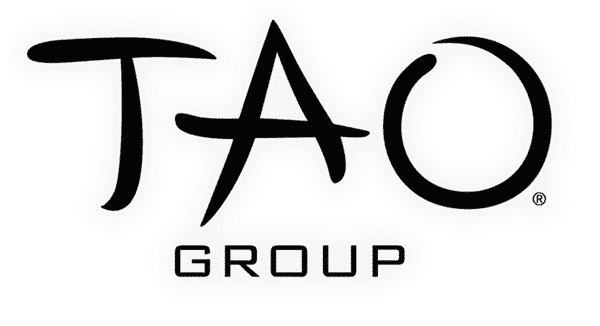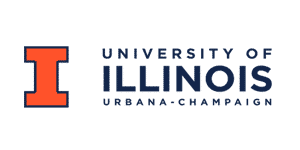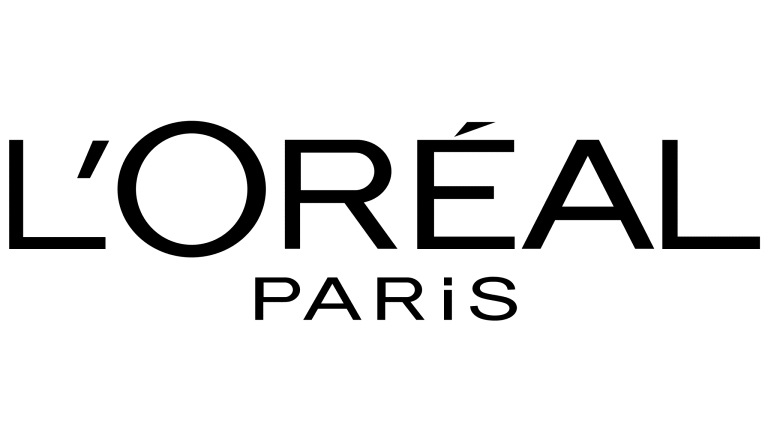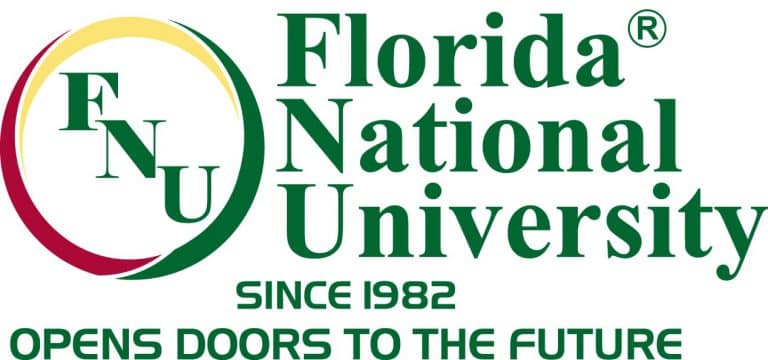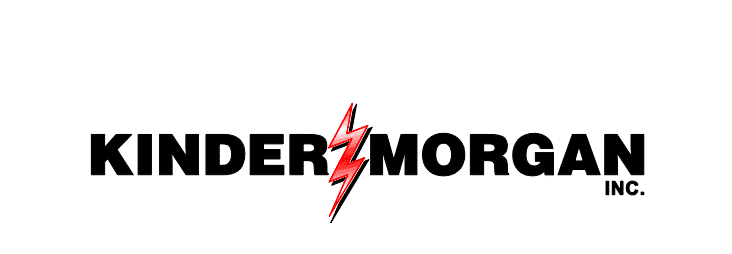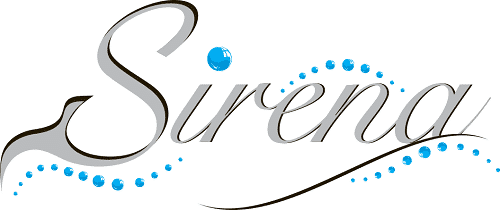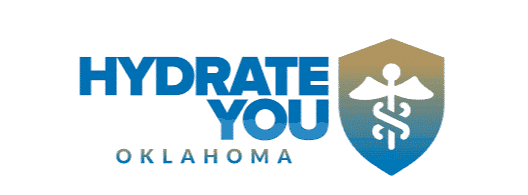
Have you ever wondered how to re-engage potential customers who have visited your website but left without making a purchase? Retargeting is the answer you’ve been looking for. By implementing retargeting strategies in PPC and Paid Social, you can increase brand awareness, website traffic, and conversions. In this blog post, we’ll explore two main types of retargeting: PPC (Pay-Per-Click) and Paid Social, and how to create winning retargeting strategies that maximize results.
So, what exactly are PPC and Paid Social retargeting? To put it simply, PPC retargeting focuses on search engines like Google Ads, while Paid Social retargeting leverages social media platforms such as Facebook, Twitter, and LinkedIn. Armed with this knowledge, let’s dive deeper into retargeting strategies in PPC and Paid Social and discover how you can boost your digital marketing efforts.
Key Takeaways
Retargeting is a digital marketing strategy to re-engage customers and increase conversions.
Successful retargeting requires audience segmentation, tailored ad creatives & messaging, and tracking & optimization of conversions.
Case studies demonstrate the potential for increased sales with effective strategies such as dynamic remarketing, RLSA strategies & cross channel retargeting.
Understanding Retargeting: PPC vs. Paid Social

Retargeting is a powerful digital marketing strategy that centers on re-engaging potential customers who have previously interacted with your brand by showing them a retargeting ad. These ads can be displayed through search engines such as Google Ads or via social media platforms like Facebook, Twitter, and LinkedIn. So, whether your potential customer is browsing the web or scrolling through their social media feed, retargeting ads can effectively remind them of your products or services.
The two primary objectives of retargeting campaigns are awareness and conversion. Awareness campaigns aim to educate the visitor and foster trust in the brand, while conversion campaigns encourage visitors to click on display ads, such as dynamic retargeting ads, and return to the brand’s landing page. With these objectives in mind, let’s explore PPC and Paid Social retargeting in more detail.
PPC Retargeting
PPC retargeting, also known as remarketing, is a form of online advertising that targets individuals who have already visited a website or webpage using PPC ads. This technique offers several benefits, such as increased brand awareness, website traffic, and conversions, making it a valuable use of ad spend.
Employing dynamic remarketing, RLSA strategies, and cross-channel retargeting can optimize PPC retargeting results. Recommended practices for PPC retargeting include utilizing custom audiences and lookalike audiences, selecting an appropriate ad format, and employing frequency capping and ad rotation. These practices ensure that your retargeting ads are tailored to your target audience, increasing the chances of engagement and conversions.
Paid Social Retargeting
Paid social retargeting capitalizes on social media platforms such as Facebook, Twitter, and LinkedIn to display advertisements to users who have interacted with your brand or content. It enables easier and more cost-effective contact with customers who have already engaged with your social media properties, making it a valuable use of ad spend.
Setting up a retargeting campaign on Facebook involves creating an ad campaign, selecting your audience set, and activating the retargeting switch in Ad Manager to create retargeting ads.
Tracking pixels are the most effective ad tracking method for retargeting on social media. These tracking tools ensure that your ads are displayed to users who have previously engaged with your brand, increasing the likelihood of conversions. Moreover, social media engagement is a crucial aspect of remarketing campaigns, as it is highly likely to result in conversions.
Key Components of a Successful Retargeting Strategy

A successful retargeting strategy involves several key components: audience segmentation, tailored ad creatives and messaging, and continuous tracking and optimization of conversions. Each of these components plays a crucial role in ensuring the effectiveness of your retargeting campaigns. By segmenting your audience, creating personalized ad creatives and messaging, and monitoring and optimizing your campaigns, you can maximize the return on your investment and drive conversions.
Start by preparing comprehensive, multi-faceted audience lists to target deeper into your sales or influence funnels. Having a sufficiently large audience size is essential for retargeting to guarantee adequate impressions, clicks, and conversions. In the following sections, we will delve into each of these key components and provide insights on how to implement them effectively.
Audience Segmentation
Audience segmentation is crucial in retargeting, as it allows you to tailor your ads to specific segments of your audience, increasing the likelihood of conversions. Segmenting your remarketing audiences allows for the creation of more personalized and effective retargeting ads that resonate with your target audience. This, in turn, can lead to increased engagement and higher conversion rates.
Strategies for segmenting remarketing audiences include retargeting based on product type, such as mattress product viewers or bed frame product viewers. This can be an effective way to conduct a cross-sale or upsell campaign, which can be done using the Google Ads feature for Google search ads.
Additionally, it is important to consider timeliness, interests, and behaviors when constructing an audience list for a remarketing campaign.
Ad Creatives and Messaging
Creating captivating ad creatives and messaging that speaks to your target audience can enhance engagement and conversion rates. Successful ad creatives incorporate a mix of artistic creativity, compelling storytelling, and strategic messaging.
Testing various ad formats and messaging enables the identification of the most effective tactics for your campaigns. For example, a video ad may be advantageous for a campaign that is concentrated on product demonstration, while a collection ad may be beneficial for a campaign that is highlighting multiple products.
By selecting the appropriate ad format and crafting persuasive messaging, you can improve engagement and overall campaign performance.
Conversion Tracking and Optimization
Frequent monitoring and optimization of retargeting campaigns ensure optimal ROI and efficiency. Utilize analytics tools to measure relevant KPIs like CTR, CPC, and CPA when tracking and optimizing retargeting campaigns. Additionally, A/B testing should be employed to optimize campaigns and ensure optimal effectiveness.
By regularly tracking and analyzing your campaign performance, you can identify areas for improvement and make necessary adjustments. This continuous optimization process allows you to refine your retargeting campaigns and maximize their impact on your overall marketing strategy.
PPC Retargeting Techniques for Maximum Results

Maximize results in your PPC retargeting campaigns by integrating techniques like dynamic remarketing, RLSA strategies, and cross-channel retargeting. Each of these techniques offers unique advantages that can help you improve engagement and conversion rates, ensuring a higher return on your ad spend.
Dynamic Remarketing
Dynamic remarketing is a powerful targeting technique that enables advertisers to present visitors with dynamic retargeting ads of products they have previously viewed within a certain time frame. This personalized approach increases the likelihood of conversions by presenting users with ads that are tailored to their browsing history and interests.
Dynamic retargeting has proven to be an effective tool for businesses in various industries, such as the travel or hospitality sector, as it enables them to create dynamic retargeting ads based on travel routes or vacancies. By leveraging dynamic remarketing, you can re-engage potential customers and amplify the probability of conversion.
RLSA Strategies
RLSA (Remarketing Lists for Search Ads) strategies enable us to deliver tailored ads and bids to users who have visited our website previously. This allows you to be more assertive (or less assertive) with individuals who have already been on your site, increasing the chances of conversions. To gain familiarity with RLSA, apply regular bid modifiers by including your retargeting audience.
RLSA is highly effective for search network targeting. For instance, you can create a distinct strategy for people who have demonstrated interest in your brand to increase the probability of conversion by providing the appropriate offer. Additionally, RLSA can be utilized for competitor keywords, targeting them exclusively for people who have been to your website, as opposed to targeting everyone searching for your competitor.
Cross-Channel Retargeting

Cross-channel retargeting involves targeting users across multiple platforms, such as search engines and social media, for a more comprehensive approach. This approach enables marketers to reach their target audience in various touchpoints and improve the chances of conversion. By utilizing cross-channel retargeting, businesses can create a unified and consistent brand experience for their customers across different platforms.
For example, a company could employ search ads to reach out to users who have visited their website before and then utilize display ads to target those same users on social media. This multi-channel approach ensures that your brand stays top-of-mind for potential customers, increasing the likelihood of conversions and driving sales.
Paid Social Retargeting Best Practices
Enhance your paid social retargeting campaigns by adhering to best practices like utilizing custom and lookalike audiences, choosing suitable ad formats, and implementing frequency capping and ad rotation.
Each of these best practices plays a critical role in ensuring that your retargeting campaigns resonate with your target audience and drive conversions.
Custom Audiences and Lookalike Audiences
Custom audiences and lookalike audiences on social media platforms enable more targeted and relevant advertising, thus increasing the likelihood of conversions. Custom audiences allow you to target ads to users who have already engaged with your brand, while lookalike audiences enable you to target ads to users who are similar to those who have already interacted with your brand.
By leveraging custom and lookalike audiences in your paid social retargeting campaigns, you can create more precise and pertinent ads, heightening the likelihood of conversions. This targeted approach ensures that your ads reach the right audience, maximizing the impact of your retargeting efforts.
Ad Format Selection
Choosing the right ad format for your campaign objectives can improve engagement and overall campaign performance. Various platforms provide a range of formats, including:
Image ads
Video ads
Collection ads
Instant experience ads
Display ads
Search ads
Video ads
Social media ads
Native ads
When selecting an ad format, factors such as the campaign objective, target audience, website design, content, and user base should be taken into account.
For instance, a video ad may be advantageous for a campaign that is concentrated on product demonstration, while a collection ad may be beneficial for a campaign that is highlighting multiple products. By selecting the appropriate ad format and crafting persuasive messaging, you can improve engagement and overall campaign performance.
Frequency Capping and Ad Rotation
Frequency capping and ad rotation help prevent ad fatigue and maintain audience interest in your retargeting campaigns. Frequency capping is a method employed to restrict the number of times a user views an ad, while ad rotation is a method utilized to present different ads to the same user.
Recommended practices for frequency capping and ad rotation include setting a frequency cap of no more than three impressions per user, and regularly rotating ads to maintain their freshness and engagement. By implementing these practices, you can ensure that your retargeting ads continue to capture the attention of your target audience and drive conversions.
Measuring Retargeting Campaign Success

Assessing your retargeting campaigns’ success is vital for optimizing marketing efforts and driving conversions. Tracking key performance indicators (KPIs) and conducting A/B testing are two methods that can help you gauge the effectiveness of your campaigns and identify areas for improvement.
Key Performance Indicators (KPIs)
Key performance indicators (KPIs) are vital for evaluating your retargeting campaigns’ success. These metrics include:
Lead conversions/CPL
Nurture touches
View-through conversions
Cost per lead
Email open rate
Return on investment (ROI)
Lift and incrementality
Click-through rate (CTR)
By tracking these KPIs, you can evaluate the effectiveness of your retargeting campaigns and make data-driven decisions to optimize your marketing efforts.
The purpose of KPIs in retargeting campaign success is to assist in assessing the efficacy of your retargeting campaigns. By regularly monitoring these metrics, you can:
Identify areas for improvement
Adjust your campaigns accordingly
Ensure that your retargeting efforts continue to drive results
Generate a high return on investment.
A/B Testing and Optimization
A/B testing and optimization are methods used to identify the most effective tactics for your campaigns. A/B testing involves creating two versions of an ad or message and comparing them to determine which performs better. Optimization entails making modifications to your campaigns based on the results of the A/B tests.
Conducting A/B tests on different ad creatives, messaging, and targeting options enables identification of the most effective strategies for your campaigns. This continuous optimization process allows you to refine your retargeting campaigns and maximize their impact on your overall marketing strategy.
Case Studies: Successful Retargeting Campaigns
Studying successful retargeting campaigns can provide valuable insights and inspiration for your own retargeting strategies, showcasing the potential impact of well-executed campaigns. By analyzing these case studies, you can learn from the successes of other businesses and apply their strategies to your own campaigns.
For example, United Airlines employed YouTube remarketing to target individuals who had already searched for flights, leading to 17,000 booked flights and 52% of conversions attributed to YouTube click-through conversions directly from the ad. Another example is Watchfinder, which observed a 1,300% ROI within six months of retargeting campaigns, with average order values rising by 13% and a 34% decrease in cost per acquisition.
These case studies demonstrate the power of effective retargeting campaigns and the potential for increased conversions and sales.
Summary
In conclusion, retargeting is a powerful digital marketing strategy that can help you re-engage potential customers who have previously interacted with your brand. By implementing retargeting strategies such as PPC and Paid Social, you can maximize the impact of your campaigns and drive conversions.
To ensure the success of your retargeting campaigns, it’s crucial to focus on the key components of a successful retargeting strategy, including audience segmentation, tailored ad creatives and messaging, and continuous tracking and optimization. With the right approach and techniques, you can effectively re-engage potential customers and boost your overall marketing efforts.
Frequently Asked Questions
What is paid social retargeting?
Social retargeting involves delivering tailored ads to an audience that has previously visited your website using a social media platform. This technique allows you to recapture potential leads or customers that may have left your site without converting.
What are 3 retargeting strategies?
Retargeting strategies include retargeting specific URL visits, existing customers and leads based on on-page engagement.
Does PPC include paid social?
Yes, PPC includes paid social; it has become synonymous with Paid Social Advertising as social media has developed, resulting in the term “Social PPC.” However, it is quite different from traditional PPC, focusing more on building brand awareness and engagement while PPC focuses on driving traffic and sales. PPC also encompasses other channels like paid search and display.
Can you do retargeting on PPC?

Yes, you can do retargeting on PPC – it involves installing a ‘tag’ on your website to track website visitors, such as Facebook’s ‘Pixel’ or LinkedIn’s ‘Insight Tag’.
What is the main difference between PPC and Paid Social retargeting?
PPC retargeting is focused on search engines, while Paid Social retargeting utilizes social media platforms like Facebook and Twitter.










